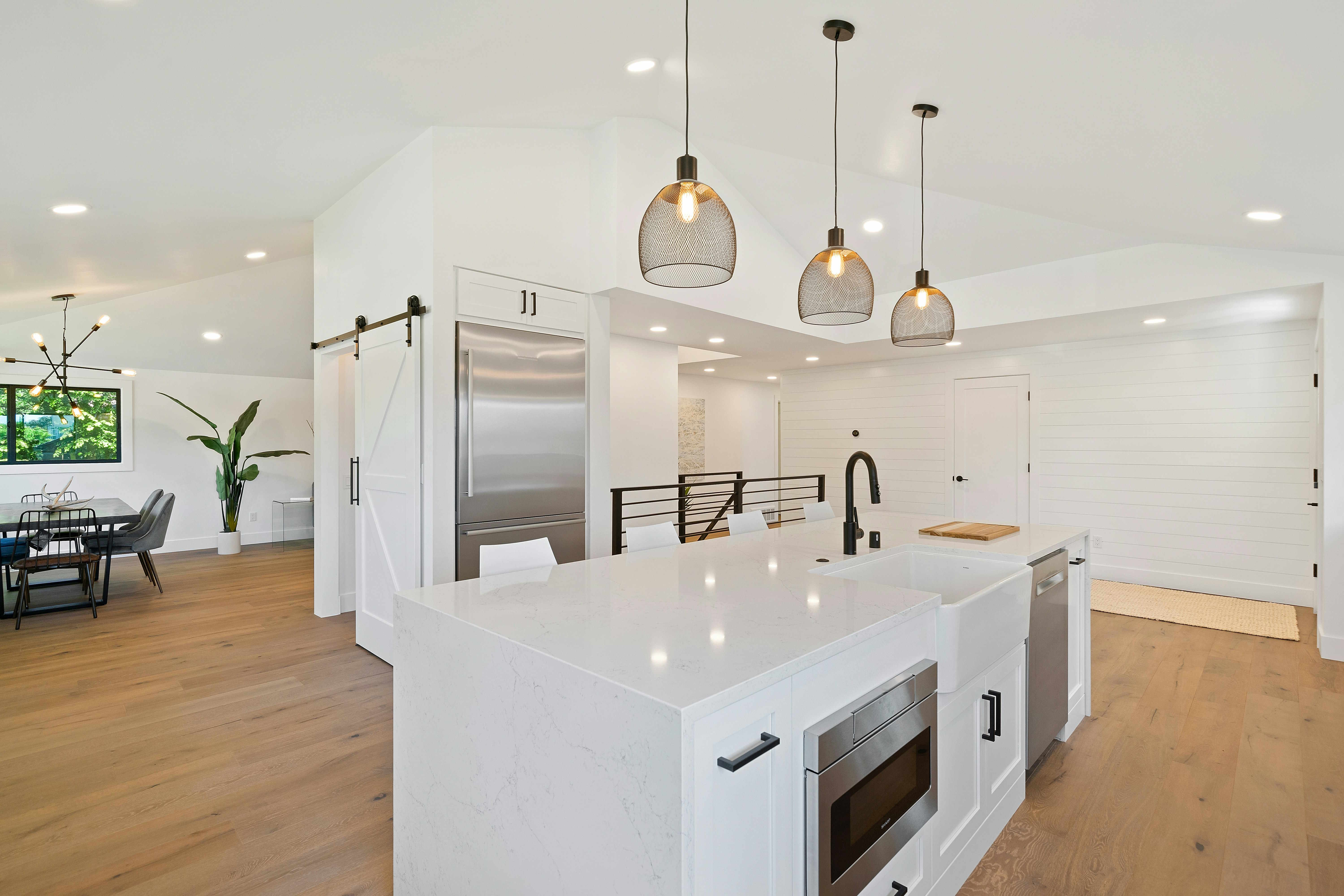"Blurring Boundaries: The Seamless Merge of Interior and Exterior Spaces"
The increasing popularity of indoor-outdoor living is not just a fleeting trend. It’s a lifestyle shift that reflects our innate desire to connect with nature. This article delves into the growing trend of blurring boundaries between indoor and outdoor spaces, exploring its roots, current design techniques, and its impact on our daily lives.

Transcending Traditional Boundaries: A Historical Perspective
The concept of integrating indoor and outdoor spaces is not new; it has its roots in ancient architecture. Traditional Japanese homes, for instance, were designed with Shoji screens that could be slid open, seamlessly merging the interior with the exterior. Similarly, Mediterranean architecture has long embraced courtyards and open terraces that flow into the indoor spaces. The trend, however, gained significant momentum in the mid-20th century with the advent of Modernist architecture that championed open floor plans and large glass windows.
The Modern Approach: Design Trends and Techniques
Today, the principle of indoor-outdoor living is being reinterpreted with a contemporary twist. Large sliding glass doors, retractable walls, and floor-to-ceiling windows have become common architectural elements that dissolve the boundary between inside and out. Outdoor living spaces are being designed with the same attention to detail as indoor ones, complete with comfortable furniture, rugs, and even artwork.
Practicality and Market Trends
The indoor-outdoor living concept is not just aesthetically pleasing but also highly practical. It allows for better ventilation, natural light, and a larger perceived living space. Its appeal among homeowners is evident from its growing market trend. A survey by the American Institute of Architects revealed that integrating indoor-outdoor living was one of the top design trends in residential architecture.
Enhancing Daily Living: The Lifestyle Impact
The seamless merge of indoor and outdoor spaces has profound implications on our lifestyle and well-being. It encourages a more active lifestyle, facilitates social interactions, and provides a calming connection with nature. Research by environmental psychologists reveals that exposure to natural light and views of nature can significantly improve mood and reduce stress levels.
Striking a Balance: Depth and Accessibility
While designing indoor-outdoor spaces, it’s crucial to strike a balance between aesthetics and functionality. The transition between the two areas should appear effortless yet thoughtful. The choice of materials, colors, and furnishings should complement both spaces while maintaining their individuality. Even small homes and apartments can adopt this trend through small balconies, window gardens, or even by using plants and natural materials within the interior space.
Infusing indoor-outdoor living into your home is more than just a design trend - it’s a lifestyle choice that can enhance your quality of life. As we continue to spend more time at home, the need for spaces that are not only functional and beautiful but also provide a sense of calm and connection to the outside world becomes even more important. With a thoughtful approach, blurring the boundaries between your indoor and outdoor spaces can create a living environment that is harmonious, holistic, and uniquely yours.





